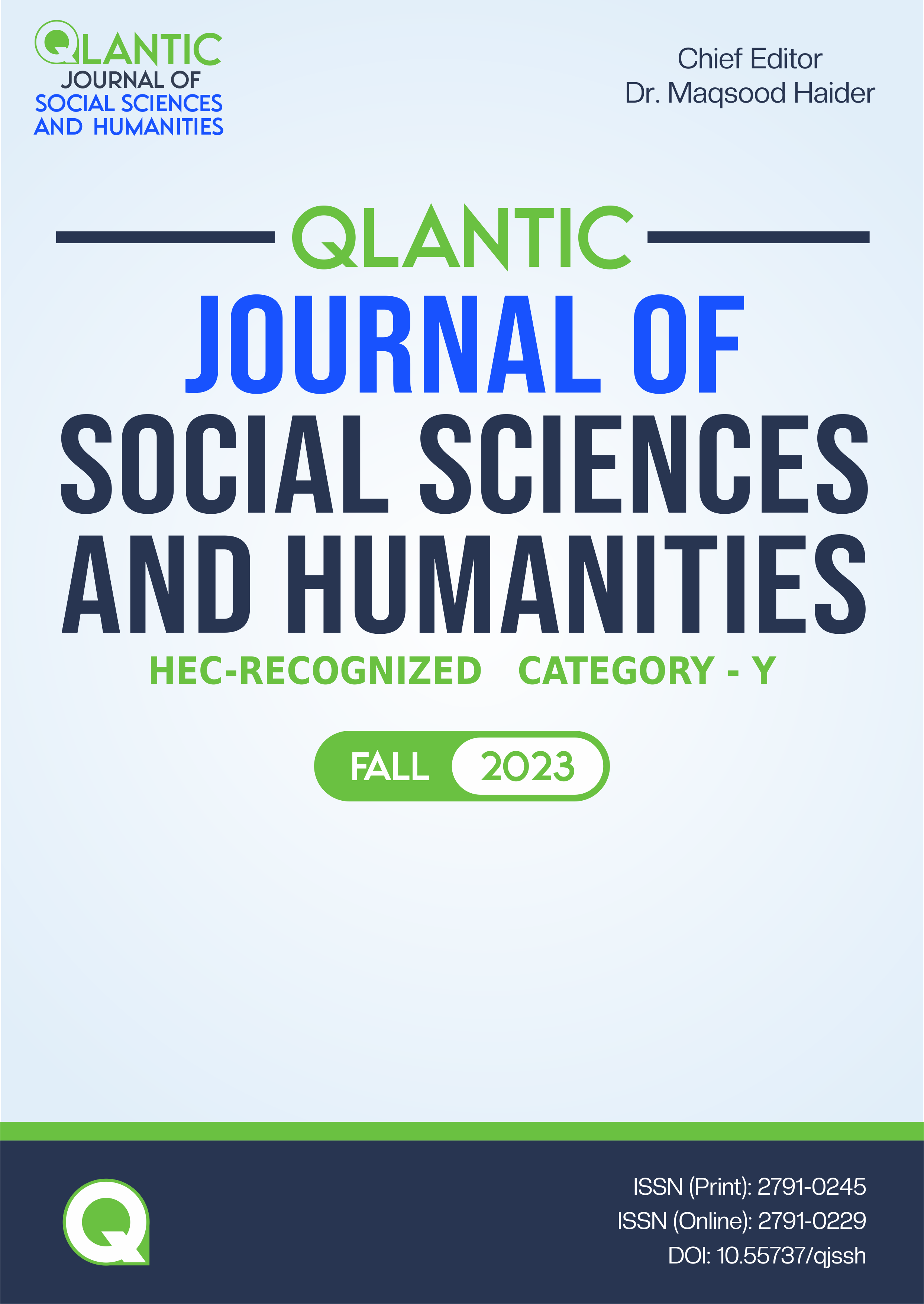Words as Medicine: The Therapeutic Art of Storytelling in Michaelides "The Silent Patient"
DOI:
https://doi.org/10.55737/qjssh.407085419Keywords:
Rita Charon, Narrative Medicine, Telepathy, Doctor-patient Relationship, PsychotherapyAbstract
This study focuses on the way health care providers can connect to and comprehend their patients through narratives. This work sheds light on the area of narrative medicine by presenting a way of improving clinicians' responses to patients' suffering as well as their own experiences. It also explains that narrative medicine is significantly based on three primary factors that are Attention, Affiliation, Representation between clinicians and the patients. In this concept, patients and doctors used to communicate mostly through storytelling, and the ability to deeply pay attention to storytelling. Alex Michaelides The Silent Patient expertly affects what occurs in Alicia's life, whose ideal existence suffers when she killed her husband in a surprising act, then mysteriously goes silent, refusing to speak, and checking her into an insane asylum. In this study the researcher applies the theory of NARRATIVE MEDICINE in literature by Rita Charon and also uses a narrative approach. This study investigates the protagonist past, her traumas and the purposes behind her mysterious quietness to understand when emotions constantly pile up inside of a person, they all suddenly burst into flame and one can frequently get revenge out of mystery.
References
Charon, R. (2001). Narrative Medicine. JAMA, 286(15), 1897. https://doi.org/10.1001/jama.286.15.1897
Charon, R. (2004). Narrative and medicine. New England Journal of Medicine, 350(9), 862-864. https://doi.org/10.1056/nejmp038249
Corey, M., & Corey, G. (2011). Becoming a helper (6th ed.). Belmont, CA: Brooks/Cole, Cengage Learning.
Freedman, J.,& Combs, G. (1996). Narrative therapy: The social construction of preferred realities. New York: Norton.
Gilman, T. L., Shaheen, R., Nylocks, K. M., Halachoff, D., Chapman, J., Flynn, J. J., Matt, L. M., & Coifman, K. G. (2017). A film set for the elicitation of emotion in research: A comprehensive catalog derived from four decades of investigation. Behavior Research Methods, 49(6), 2061-2082. https://doi.org/10.3758/s13428-016-0842-x
King, B. (2022). Meet the Author: Alex Michaelides. https://www.suffolklibraries.co.uk/posts/meet-the-author/meet-the-author-alex-michaelides
Lindsley, J. R. (1994). Rationalist therapy in a constructivisticframe. The Behavior Therapist, 17(7), 160–162.
Martin, G. N. (2019). (Why) do you like scary movies? A review of the empirical research on psychological responses to horror films. Frontiers in Psychology, 10. https://doi.org/10.3389/fpsyg.2019.02298
Michaelides, A. (2019). The Silent Patient. Bookmate.https://bookmate.com/books/o9sn1oJf
Monk, G. (1997). How narrative therapy works. In G. Monk, J. Winslade, K. Crocket, &D. Epston (Eds.), Narrative therapy in practice: The archaeology of hope (pp. 3–31). San Francisco: Jossey-Bass.
Monk, G., Winslade, J., Crocket, K., & Epston, D. (Eds.). (1997). Narrative therapy in practice: The archaeology of hope. San Francisco: Jossey-Bass
Stieber, M. (1998). Statuary in Euripides’ “Alcestis.” Arion: A Journal of Humanities and the Classics, 5(3), 69–97. http://www.jstor.org/stable/20163690
Winslade, J., & Monk, G. (2007). Narrative counseling in schools (2nd ed.). Thousand Oaks, CA: Corwin Press (Sage).
Wittenberg, E., Ragan, S. L., Ferrell, B., & Virani, R. (2017). Creating humanistic clinicians through palliative care education. Journal of Pain and Symptom Management, 53(1), 153-156. https://doi.org/10.1016/j.jpainsymman.2016.11.004
Published
Issue
Section
License
Copyright (c) 2023 Manahil Rana, Rana Abdul Munim Khan

This work is licensed under a Creative Commons Attribution-NonCommercial 4.0 International License.





